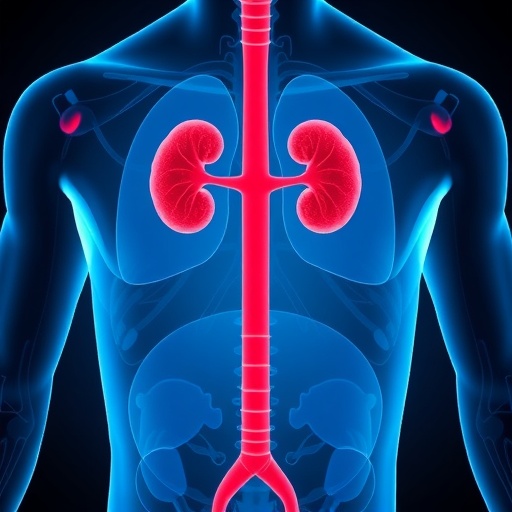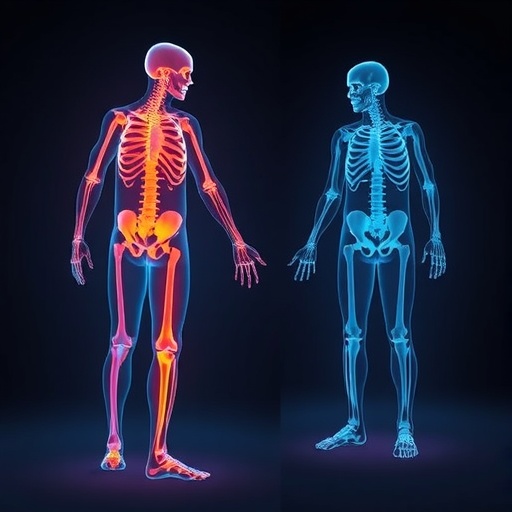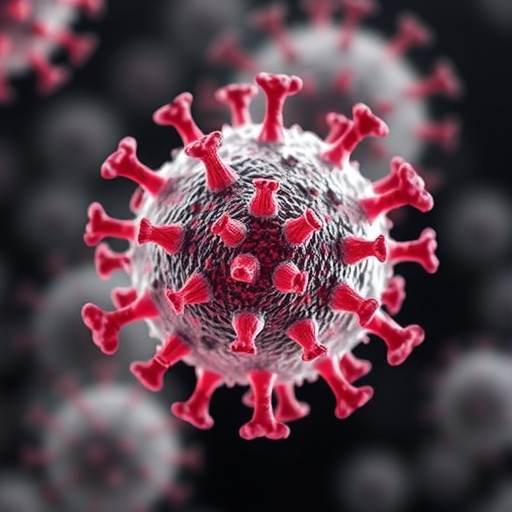Recent updates to the European Renal Best Practice and UK Kidney Association guidelines for the treatment of anaemia in chronic kidney disease (CKD) have elicited renewed interest in a long-standing health issue that affects millions worldwide. Researchers and clinicians alike are now focused on how the latest recommendations impact current practices and patient outcomes. The urgency for such updates stems from a growing body of evidence suggesting that anaemia is not merely a secondary complication of CKD, but is also associated with increased morbidity and mortality among patients.
As healthcare providers strive to improve the quality of life for those living with CKD, it is essential to understand the complex interplay between the disease, its progression, and the development of anaemia. According to recent studies, anaemia in CKD often results from erythropoietin deficiency, reduced red blood cell survival, and iron deficiency, necessitating a multifaceted treatment approach. The new guidelines emphasize personalized treatment plans that account for individual patient characteristics, comorbidities, and preferences, aiming for a holistic approach in managing CKD-associated anaemia.
In the context of these updates, iron supplementation remains a cornerstone therapy. However, the recent guidelines have expanded their focus on the importance of maintaining optimal iron levels to ensure effective treatment outcomes. Intravenous iron formulation options are now being highlighted, particularly for patients who exhibit poor responses to oral iron. This shift indicates a growing acceptance of intravenous administration as a standard practice, suggesting that a proactive stance on iron management may yield better patient responses and overall health benefits.
Furthermore, the guidelines advocate for regular monitoring of haemoglobin levels, prompting healthcare providers to adopt a more vigilant approach in assessing anaemia. Frequent blood tests ensure early detection of deterioration, allowing for timely interventions that could alter disease trajectories. The significance of tracking changes in patient haemoglobin levels cannot be overstated, as it directly correlates with their quality of life, energy levels, and cardiovascular health.
In alignment with the recent focus on patient-centric care, the guidelines have prompted discussions around the psychosocial aspects of living with CKD and its associated anaemia. Emphasizing communication between healthcare providers and patients is critical for establishing trust and fostering an environment in which patients feel comfortable discussing their concerns and treatment options. Healthcare professionals are increasingly encouraged to involve patients in their treatment decisions, thereby enhancing adherence to prescribed therapies and potentially leading to better health outcomes.
Continued education for healthcare professionals is another critical component underscored by the latest recommendations. The evolving landscape of CKD and anaemia management necessitates that clinicians stay informed of new evidence and treatment modalities. Regular training sessions, workshops, and online resources are integral in enhancing clinicians’ knowledge, ensuring they can effectively navigate the complexities of patient care. The inclusion of such measures aligns well with the movement towards evidence-based practices, strengthening overall healthcare delivery systems.
The updates also incite a deeper investigation into the molecular mechanisms underlying CKD and anaemia. Researchers are delving into the pathophysiological changes that occur in renal patients, unraveling the intricate web of factors contributing to anaemia. By utilizing advanced diagnostic tools and biomarkers, the goal is to develop more targeted therapies that address the root causes rather than simply alleviating symptoms. The pursuit of personalized medicine in anaemia management is undeniably promising, bringing hope for improved patient scenarios in the years to come.
Moreover, these updates serve as a crucial reminder of the disparities faced by nephrology patients within healthcare systems. Access to appropriate and timely treatment for anaemia in CKD patients remains a pressing issue, especially in lower-income regions. The new guidelines advocate for greater emphasis on equity in care delivery, urging the establishment of programs and initiatives that cater to underserved populations. Recognizing and dismantling barriers to care is pivotal in ensuring that all patients receive the attention and treatment they deserve.
The recent synthesis of knowledge regarding CKD and anaemia treatments encourages interdisciplinary collaboration. Engaging specialists across various fields— nephrologists, hematologists, dietitians, and mental health professionals—can foster a more comprehensive management approach. Such cooperative efforts can create dynamic treatment teams equipped to render holistic care that addresses the myriad of challenges faced by CKD patients.
As the nephrology community absorbs these updates, the incorporation of technology into patient care represents another evolving frontier. Telehealth services have demonstrated potential in follow-ups and monitoring patient conditions effectively. The use of digital platforms enables timely interventions and enhances communication between patients and healthcare teams. Embracing this technological shift could yield innovative solutions that address gaps in current CKD and anaemia management practices.
In summary, the recently released updates to the European Renal Best Practice and UK Kidney Association guidelines for managing anaemia in chronic kidney disease herald exciting shifts in the landscape of nephrology. As healthcare providers gear up to implement these new recommendations, the focus on patient-centered care, comprehensive treatment methods, and interdisciplinary collaboration bode well for those affected by this condition. The ongoing dialogue surrounding these enhancements sets the stage for ongoing improvements in the management of CKD-related anaemia, elevating patient outcomes and quality of life.
As awareness around the intricacies of CKD and its related complications continues to grow, the nephrology community remains dedicated to unraveling the complexities of patient care. The commitment to research, education, and access to treatment ensures that patients navigating the challenges of chronic kidney disease and anaemia receive the comprehensive care they deserve. With these updates in mind, the future for CKD patients appears brighter than ever, underscoring the importance of responsive and informed healthcare practices.
Subject of Research: Updates to the European Renal Best Practice and UK Kidney Association Guidelines for Treatment of Anaemia in Chronic Kidney Disease.
Article Title: Podcast Synopsis of Updates to the European Renal Best Practice and UK Kidney Association Guidelines for Treatment of Anaemia in Chronic Kidney Disease.
Article References:
Cozzolino, M., Stoumpos, S. & Bhandari, S. Podcast Synopsis of Updates to the European Renal Best Practice and UK Kidney Association Guidelines for Treatment of Anaemia in Chronic Kidney Disease.
Adv Ther (2025). https://doi.org/10.1007/s12325-025-03366-6
Image Credits: AI Generated
DOI:
Keywords: Anaemia, Chronic Kidney Disease, Healthcare Guidelines, Patient Care, Nephrology, Evidence-based Practice.
Tags: anemia management in CKDanemia treatment in chronic kidney diseaseerythropoietin deficiency and anemiaEuropean Renal Best Practice guidelinesholistic approach to anemia treatmentimproving quality of life for CKD patientsiron deficiency in chronic kidney diseaseiron supplementation in kidney diseasemorbidity and mortality in CKD patientspersonalized treatment plans for anemiarecent studies on anemia and kidney diseaseUK Kidney Association recommendations





